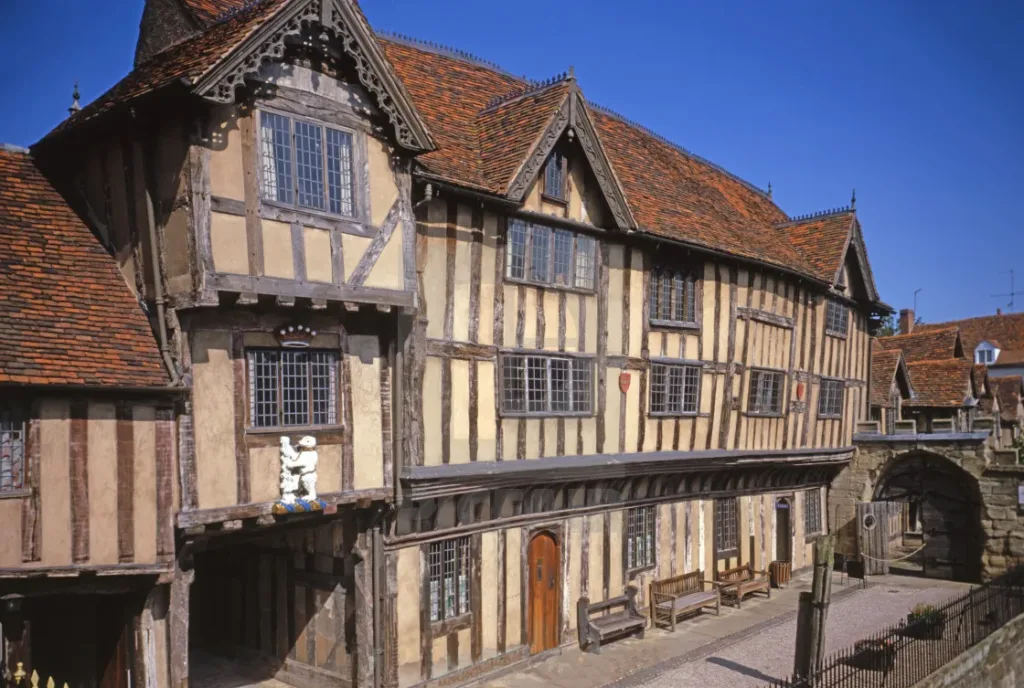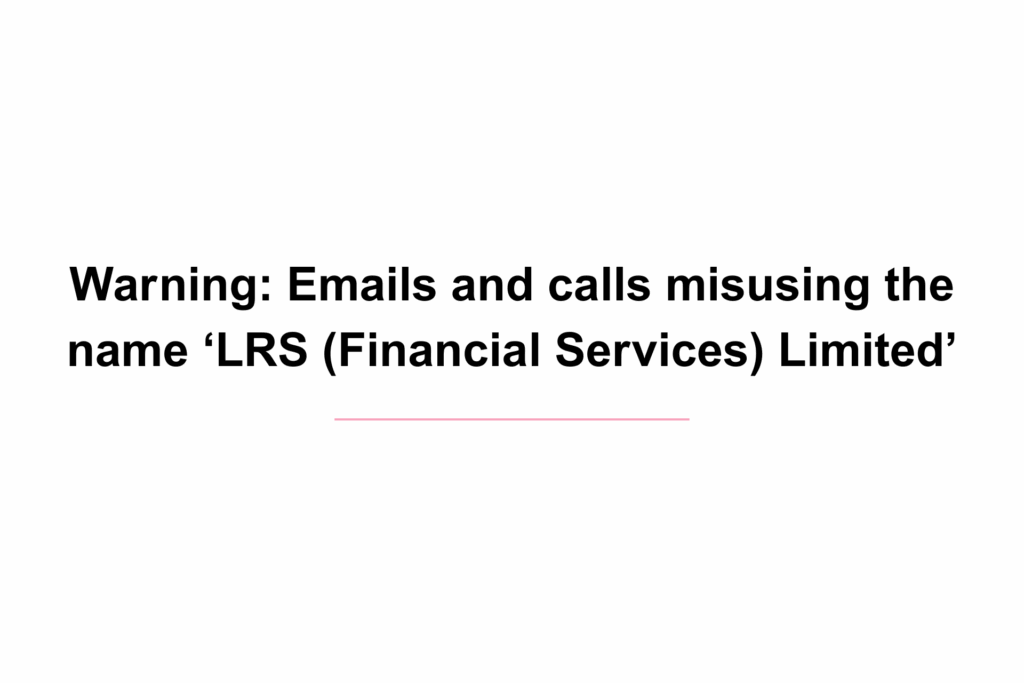If you’re thinking about buying a listed building for the first time, there are a number of things you need to know.
Residential property law specialist Rhiannon Edwards, a partner in the Town and Country Homes team at Lodders Solicitors, explains.
As the owner of a listed building, you will become a custodian of our nation’s ‘built heritage’ and have the privilege of living in a remarkable building. However, that privilege brings with it the responsibility to look after and protect the building for future generations. If you don’t, you could face a criminal prosecution and unlimited fines.
What is a listed building?
If a building is ‘listed’ it means that it is of such architectural or historical importance that it has been included on The National Heritage List – a statutory register of historic buildings that is held by Historic England. If you visit Historic England’s website, you can search the list and look at the ‘listing description’ for the property, which will tell you the address, the date the property was listed and gives a brief description.
The basic rule is that the older the building, the more likely it is to be listed. Most properties built prior to 1840 are listed, but more modern buildings can be listed if they have an important notable feature.
There are three grades of listed building:
- Grade I are buildings of exceptional interest. Only 2.5% of listed buildings are Grade I and include buildings such as Warwick Castle, the Market Hall at Chipping Campden, and the Pitville Pump Room.
- Grade II* (Grade 2 star) are particularly important buildings that makeup about 5.5% of all listed buildings such as the Lygon Arms Hotel in Broadway, Barclays Bank in Henley-in-Arden, and the Shakespeare Memorial Fountain in Stratford upon Avon.
- Grade II comprise the remaining 92% of listed buildings.
The risks of altering a listed building without consent
One of the most important things to know if you are thinking about buying a listed building, is that it is a criminal offence to carry out works to a listed building that require listed building consent if you don’t obtain that consent.
The offence is committed by the person who carries out the works (such as a builder) or by the person who causes the works to be carried out (the owner). This means that both you and your builder could face up to two years in prison and an unlimited fine.
One owner whom I prosecuted received a £60,000 fine and a bill for £240,000 in costs (in addition to his own legal costs) for carrying out significant works to a Grade II* Jacobean manor house.
Do all works require listed building consent?
No, but listed building consent is required for works of demolition, alteration or extension that affect the: “character of the building as a building of special architectural or historic interest”.
It can be extremely difficult to work out whether the plans for your home will affect the “character of the building as one of special architectural or historic interest” and will therefore need listed building consent. You should work closely with your Local Authority’s Building Conservation Officer who will be able to provide guidance. If there is any doubt, you should make a formal application to the Local Planning Authority for listed building consent. If listed building consent is not required you will receive a decision confirming this.
Things to look out for when buying a listed building
When buying a listed building, it is essential that your solicitor finds out whether any unlawful works were carried out by a previous owner. If the previous owner did carry out unlawful works and the Local Planning Authority serves an Enforcement Notice after you have bought the property, then you will be required to restore the building at your cost. What’s more, failing to comply with an Enforcement Notice is a criminal offence that carries an unlimited fine.
When you are viewing the listed building that you are thinking of buying, keep a lookout for changes to the building such as skylight windows in the roof, open plan areas, modern windows and extensions, and if you notice anything that looks new, be sure to tell your solicitor and surveyor. You should choose a surveyor who specialises in listed buildings to carry out a survey and they will also be able to advise you about any works that need to be investigated.
Choosing the right solicitor
Because of the risk that you might have to remedy unlawful works carried out by the previous owner, it is important that the solicitor you choose to handle your conveyancing understands the listed building legislation and the planning process. Before you instruct a firm of solicitors, make sure that you speak to the person who will actually be doing your conveyancing and ask them about their experience with listed buildings.
A final word of caution
If you are lucky enough to end up owning a listed building and you want to make changes, please don’t carry out works on the basis that “the Building Conservation Officer said it was ok”, or an email from the Building Conservation Officer telling you that “yes your plans are fine” – because neither will provide a defence if you end up in court in front of a Judge. The golden rule is – if in doubt, always apply for listed building consent.
During her career as a property solicitor, Rhiannon Edwards spent six years as the Chief Legal Officer at the Brecon Beacons National Park Local Planning Authority where she prosecuted listed building and other planning offences. She now specialises in buying and selling listed buildings.
Contact us
Read more
Other news, insights and events








